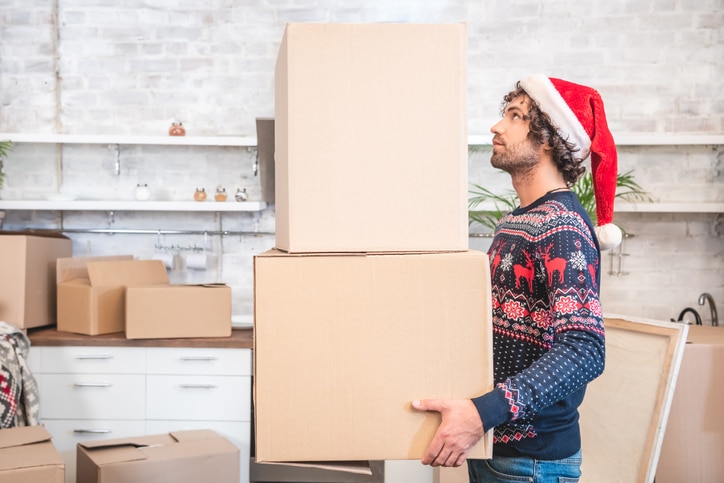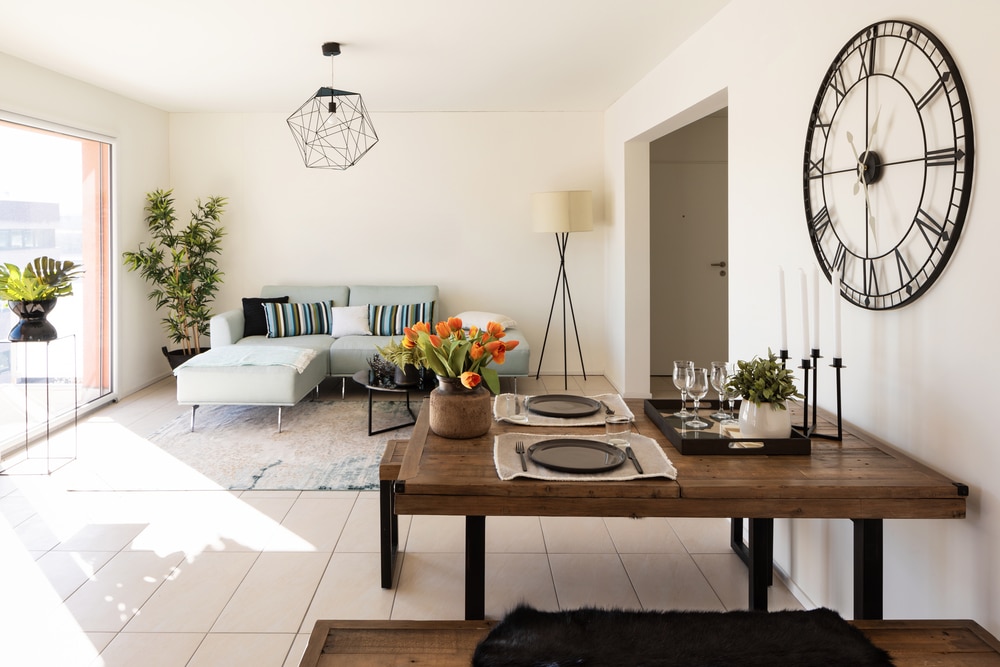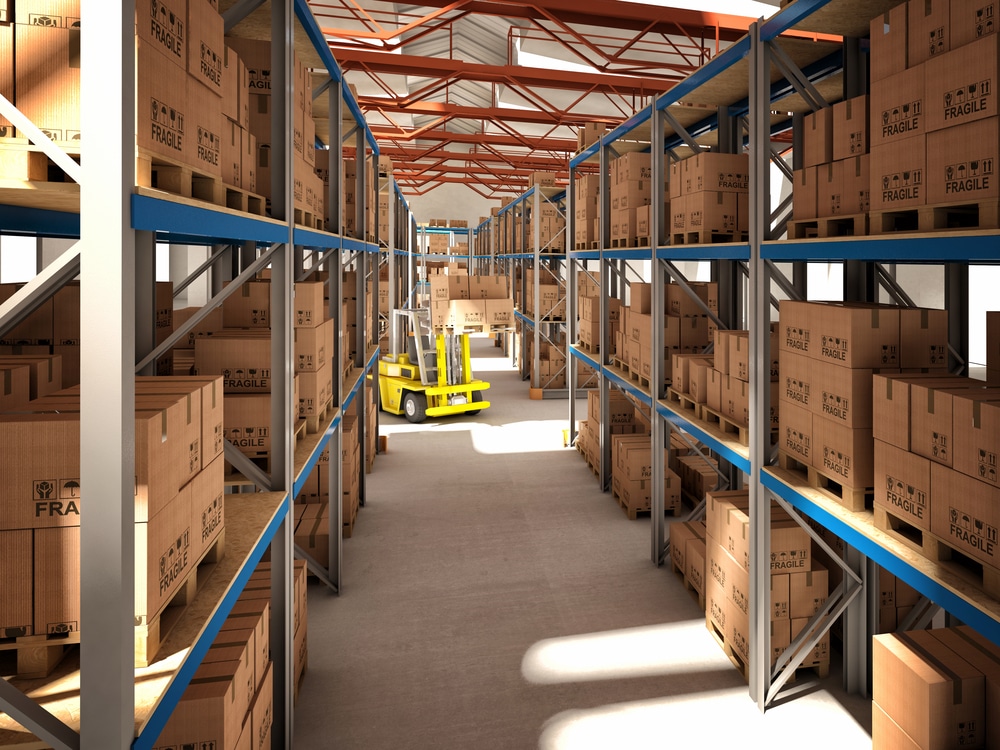The holiday season is almost upon us; for many Canadians, it’s the perfect time to relocate. However, moving over the holidays can be challenging in many ways. With the cold weather, the busy streets, and the holiday traffic, it is even more crucial to plan ahead and make sure everything runs smoothly. Fortunately, some professional movers offer exceptional services that can help you relocate effortlessly while ensuring you stay on schedule and budget. Let’s explore some of the services provided by professional movers that can help you have a hassle-free relocation over the holidays.
Moving Services That Will Make Holiday Relocation Fun
 Packing and Unpacking Services
Packing and Unpacking Services
It’s no secret that packing and unpacking is one of the most time-consuming and stressful aspects of moving. With your holiday to-do list already long enough, outsourcing this task can save you valuable time and energy.
Experienced professional movers offer expert packing services that can help you pack your belongings safely, efficiently, and in a fraction of the time it would take you to do it yourself. Moreover, they can also help you unpack your belongings in your new home, saving you even more time and eliminating a lot of the stress associated with moving.
Storage Solutions
Another service offered by professional movers that can be beneficial during holiday relocation is storage. Whether you’re downsizing to a smaller home or need to store your belongings temporarily, movers have secure and affordable storage solutions to help you keep your items safe until you’re ready to move them.
Moreover, they can provide you with a storage unit that is climate-controlled. You’ll find this is essential during the winter months to protect your belongings from moisture and extreme temperatures.
Custom Crating
If you have valuables requiring extra protection during transit, such as fragile antiques, artwork, or electronics, you can benefit from the custom crating service professional movers offer. They will assess your items’ dimensions as well as fragility and design a custom crate that fits the specific needs of your valuables. This can ensure that your items arrive safely and in the same condition as when they were packed.
Moving Supplies
Professional movers have access to high-quality moving supplies, such as boxes, tape, bubble wrap, and other packing materials. These supplies are essential in keeping your belongings safe and secure during transport.
More importantly, you won’t have to worry about going out and hunting for moving supplies during the busy holiday season. The movers will take care of providing you with everything you need to pack and move your belongings.
Moving Insurance
No matter how careful you and your movers are, accidents can happen during moving. That’s why professional movers offer moving insurance to provide you with financial protection in case of loss or damage to your items during the moving process. Make sure you discuss your insurance options with your movers before the move to ensure that you have comprehensive coverage.
Enjoy Your Holidays While Moving with the Help of Experienced Movers
Relocating during the holidays can be stressful, but it doesn’t have to be. Professional movers offer a range of services that can help you efficiently complete your move.
From packing and unpacking to custom crating and moving insurance, these services can save you time, energy, and money while ensuring your belongings arrive safely and on time. Don’t hesitate to contact a reputable mover today to help you achieve a smooth relocation over the holidays.
You’ve Found the Moving Company with Over 40 Years of Experience, BBB-Accredited and Certified in Canada!
Crescent Moving & Storage has been in business for many years providing reliable, timely, and safe moving services for businesses and homeowners in the Vancouver area. Find out why so many trust Crescent Moving to care for their most valuable assets. Contact us for a FREE, no-obligation moving quote.






 Here Are 3 Ways to Store Your Belongings While Renovating Your Home:
Here Are 3 Ways to Store Your Belongings While Renovating Your Home: Here Are 7 Tips for Moving While Expecting a Baby:
Here Are 7 Tips for Moving While Expecting a Baby:
